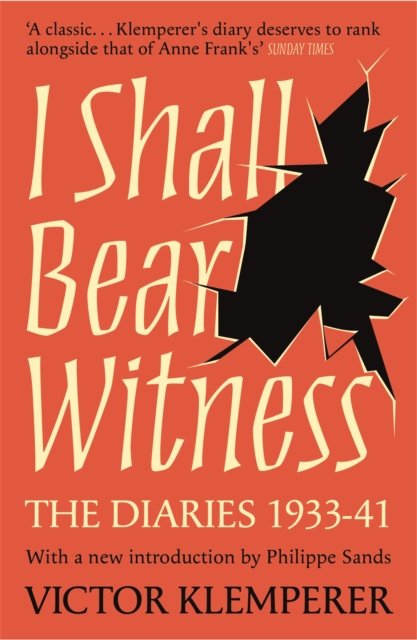 Image 1 of
Image 1 of

The Light of Italy : The Life and Times of Federico da Montefeltro, Duke of Urbino by Jane Stevenson
The one-eyed mercenary soldier Federico da Montefeltro, lord of Urbino between 1444 and 1482, was one of the most successful condottiere of the Italian Renaissance: renowned humanist, patron of the artist Piero della Francesca, and creator of one of the most celebrated libraries in Italy outside the Vatican. From 1460 until her early death in 1472 he was married to Battista, of the formidable Sforza family, their partnership apparently blissful. In the fine palace he built overlooking Urbino, Federico assembled a court regarded by many as representing a high point of Renaissance culture. For Baldassare Castiglione, Federico was la luce dell'Italia – 'the light of Italy'. Jane Stevenson's affectionate account of Urbino's flowering and decline casts revelatory light on patronage, politics and humanism in fifteenth-century Italy. As well as recounting the gripping stories of Federico and his Montefeltro and della Rovere successors, Stevenson considers in details Federico's cultural legacy – investigating the palace itself, the splendours of the ducal library, and his other architectural projects in Gubbio and elsewhere.
The one-eyed mercenary soldier Federico da Montefeltro, lord of Urbino between 1444 and 1482, was one of the most successful condottiere of the Italian Renaissance: renowned humanist, patron of the artist Piero della Francesca, and creator of one of the most celebrated libraries in Italy outside the Vatican. From 1460 until her early death in 1472 he was married to Battista, of the formidable Sforza family, their partnership apparently blissful. In the fine palace he built overlooking Urbino, Federico assembled a court regarded by many as representing a high point of Renaissance culture. For Baldassare Castiglione, Federico was la luce dell'Italia – 'the light of Italy'. Jane Stevenson's affectionate account of Urbino's flowering and decline casts revelatory light on patronage, politics and humanism in fifteenth-century Italy. As well as recounting the gripping stories of Federico and his Montefeltro and della Rovere successors, Stevenson considers in details Federico's cultural legacy – investigating the palace itself, the splendours of the ducal library, and his other architectural projects in Gubbio and elsewhere.
The one-eyed mercenary soldier Federico da Montefeltro, lord of Urbino between 1444 and 1482, was one of the most successful condottiere of the Italian Renaissance: renowned humanist, patron of the artist Piero della Francesca, and creator of one of the most celebrated libraries in Italy outside the Vatican. From 1460 until her early death in 1472 he was married to Battista, of the formidable Sforza family, their partnership apparently blissful. In the fine palace he built overlooking Urbino, Federico assembled a court regarded by many as representing a high point of Renaissance culture. For Baldassare Castiglione, Federico was la luce dell'Italia – 'the light of Italy'. Jane Stevenson's affectionate account of Urbino's flowering and decline casts revelatory light on patronage, politics and humanism in fifteenth-century Italy. As well as recounting the gripping stories of Federico and his Montefeltro and della Rovere successors, Stevenson considers in details Federico's cultural legacy – investigating the palace itself, the splendours of the ducal library, and his other architectural projects in Gubbio and elsewhere.





